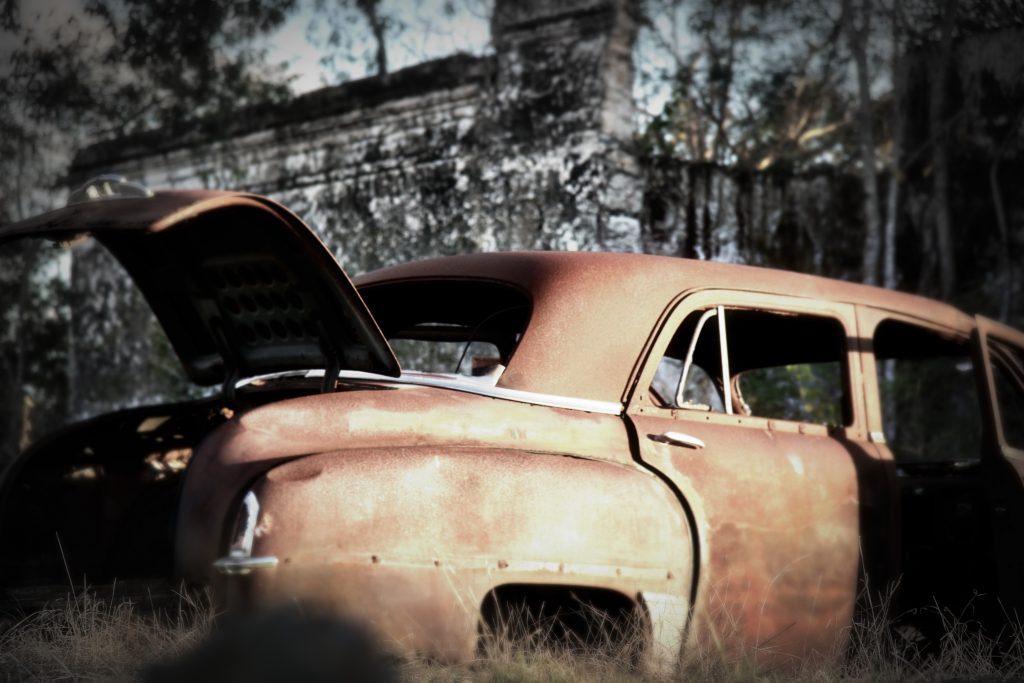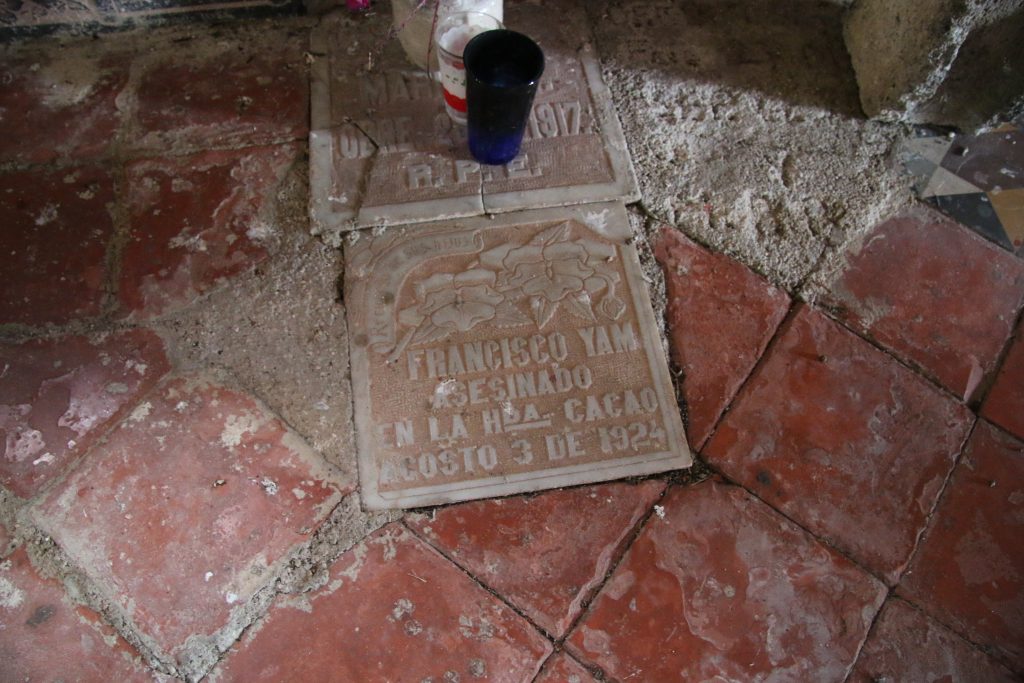On my forays into the Yucatan as part of the work I do with my touring company Lawson’s Original Yucatan Excursions, I try to poke my head into whatever mysterious or interesting site I can find, including the many haciendas both restored and abandoned that are so liberally sprinkled across the peninsula. This is a little bit of history of one of those haciendas.
On the way to San Antonio Mulix, home to several cenotes including ones used in scenes for the famous Mexican telenovela Abismo de Pasión, one must necessarily drive through another village, a former hacienda simply called Cacao.
Cacao is a strange name for a Yucatecan hacienda, since cacao was not really a product produced in any significant commercial form on the haciendas, which originally started as farms for livestock and some grew cotton, sugar cane and other products, before all turning to henequen (sisal) production in the early, mid and late 1800’s in an effort to cash in on the boom that made the Yucatan home to more millionaires per capita than anywhere in the world at that time.
On one such drive-by, with the enthusiastic approval of similarly curious guests, I stopped to explore the chapel, which is still intact (as opposed to the rest of the hacienda which is completely and utterly in ruins) to admire and photograph the original stain glass windows and high ceilings. The chapel is still used by the catholics in the village to this day, with a visiting priest performing the corresponding duties. On the floor, I photographed the plaques commemorating the people from the hacienda that had died over the years.
As I was reviewing the photos, I noticed that one of the plaques indicated that the deceased person had been ‘assassinated at the hacienda Cacao’ in August of 1924 (see photo below)
Now this is highly unusual. Normally, these plaques give us a name and date of death and not much else and so I immediately wanted to learn more.
It turns out that this hacienda, was the property of the Ponce de Leon family, the surname I associate with Florida, having seen it in Miami many times. This branch, here in the Yucatan, at one point dropped the ‘de Leon’ suffix and became simply the Ponce family, whose members to this day are movers and shakers in the Yucatan economy. The owner of the hacienda, one Jose Luis Ponce Solis, was part of the ruling elite in the 1920’s and in addition to the usual henequen production common to all haciendas at the time, was the founder of Yucatan’s first brewery, Cerveceria Yucateca, for which he brought a German beer expert over from Deutschland to get it right. He also founded a chocolate factory and another company dedicated to the manufacture of ice.
A little more digging and I found the information I was looking for. In 1924, when tensions were running high between Felipe Carrillo’s socialists and liberal conservatives, a group of outlaws under the command of famous ‘bandit’ and personal friend of then-governor Iturralde Traconis, Braulio Euán, entered the hacienda and killed the caretaker, his wife and 20 workers as well. I suspect that the Francisco Yam on the plaque was either the caretaker or one of those 20 people killed on that fateful day in August, 1924.
We often find ourselves driving through half-forgotten villages, past crumbling buildings or under giant trees; unaware that these are all silent witnesses to a slowly disappearing history that is, as so often is the case in human history, tragic.


Thank you
Thank you Charlotte, for stopping by!
Very interesting (and well written), Lawson. I was curious about your mention of Solis’ business manufacturing ice, and then realized that this was pre-home refrigeration. Interesting.
Indeed. Merida was a different world in the 1920’s. 😉
Love reading you…
Cool story
Gracias Maru!
Gracias Kari!